

A global archive of independent reviews of everything happening from the beginning of the millennium
Read our Copyright Notice click here
For publication dates click here
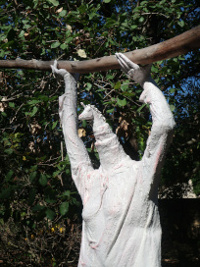 Richard Pellegrino, Le bois avec lequel je
me rechauffe, Villa Thuret, no-made 2023
Richard Pellegrino, Le bois avec lequel je
me rechauffe, Villa Thuret, no-made 2023
A visit to the garden at Villa Thuret reminds one that decarbonisation is the new imperialism, largely the construct of a few liberal countries.
It is not usually subscribed to by those who study the universe for similar planets to Earth where life might theoretically form. Planets of this kind go through cycles of evolution as would the make up of their atmospheres and their temperatures.
Even within the greenhouse gas theory, natural releases of methane are a much more likely cause of the sudden warming experienced this decade than the steady uptick in the presence of carbon dioxide in the atmosphere.
The decarbonisers have hijacked environmental concern away from the very immediate dangers of particulate pollution, plastics pollution, pesticide pollution and habitat destruction that are rapidly killing life on earth, reducing its fertility and, at an alarming rate, eliminating species, for the more abstract, at-some-removes consideration of carbon dioxide concentration.
Sometimes this may favour their industrial interests, just as the crusades were hijacked by a few for purposes unrelated to the objectives - like diverting a crusade to fight a war within Christendom in Constantinople.
The switch to diesel powered cars in parts of Europe has not reduced carbon dioxide emissions. The use of inappropriate insulation will trap hot air within buildings during stifling summers when heat sink materials would have been better and less favourable to the air conditioning and heat exchanger lobby.
The theme of Villa Thuret's 2023 no-made sculptures in the garden exhibition is adaptation. Adaptation is what the institute (INRAE) is rapidly pursuing for plants grown on this particular site. They must survive in the warming and drying Mediterranean climate.
Adaptation and acclimatisation is possible and we should rapidly divert more resources to it.
*****
February 2025
What the world has failed to give attention to is the chicanery and bullying, in the decade 1995-2004 especially, used to generate a consensus that carbon dioxide is the cause of global warming.
Some people like the fantasy of being able to control the physical processes of the Earth - it makes man looks far more powerful than he is. Others just like the power to control other people's behaviour. A few revel in chicanery.
Over the past 40 years, there has been four to five times more methane in the atmosphere than carbon dioxide, as measured in parts per billion, and methane is 80 times more potent a greenhouse gas than carbon dioxide.
Provided you subscribe to the viewpoint that greenhouse gases are causing global warming (and that has been challenged), methane has thus had in the order of 350 times more effect on global warming than carbon dioxide throughout the past 40 years.
Or put another way, carbon dioxide has been responsible for one-third of one percent of greenhouse gas caused global warming.
Were the effect of net zero objective's to be achieved by 2050 - the levelling off of the amount of carbon dioxide in the atmosphere - its effect on global warming would be fractions of one percent at most.
That carbon dioxide persists in the atmosphere longer than methane does not materially alter that calculation because new methane is persistently created to replace the old - anaerobic composting, for instance, produces methane and a very great deal of it occurs naturally.
As long as plants exist on the Earth, carbon dioxide will be taken out of the atmosphere by them and methane created, if not immediately released.
In the years of this decade carbon dioxide concentration has been ticking up steadily in a near linear trajectory so cannot account for the rapid increase in global temperatures from the beginning of 2020.
The rising curve for temperatures has more in common, with a few years delay, with that for recent methane concentration.
Methane release from thawing tundra - and there is a great deal of it - is accelerating fast. Natural seismic activity may also be releasing additional methane from the Earth's crust - release that historically has been scarcely measured.
Meanwhile Europe is destroying its economy with net zero and also its relative position in the world. How much is it allocating to adaptation as insurance?
VILLA THURET SCULPTURES IN THE GARDEN 2023
Reviewed by ANDRE BEAUMONT
We are familiar with Jaume Plensa's Nomade which has pensively guarded the approaches to the port of Antibes since 2010 but across the water you will find Cathy Cuby's more organic Nomades and the occasional and now, post-pandemic, probably repetitive appearance of sculptures in this botanical garden has the series title, no-made.
Nomades

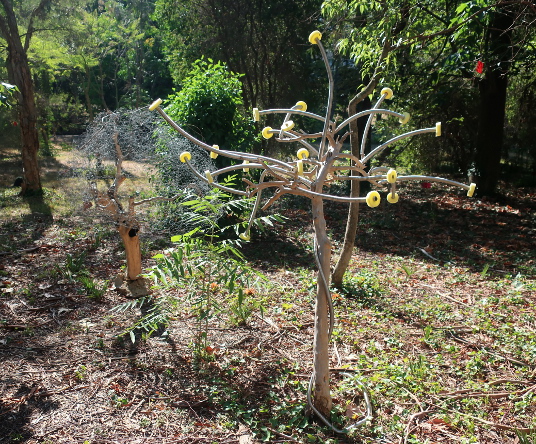
Cathie Colto, The Mutants
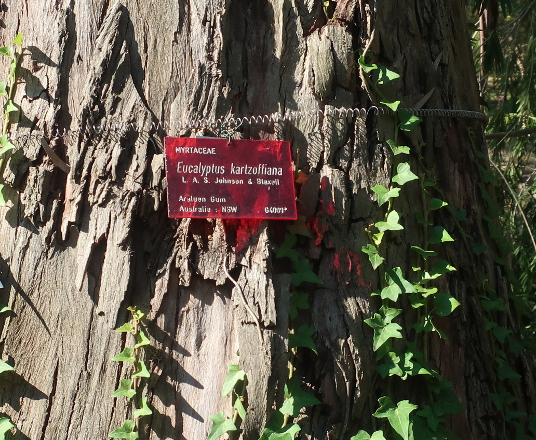
Not a mutant, not invasive but they adapt
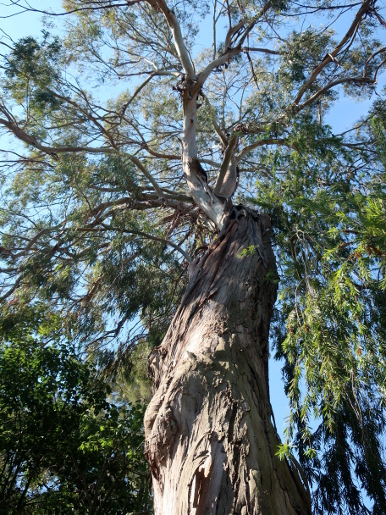
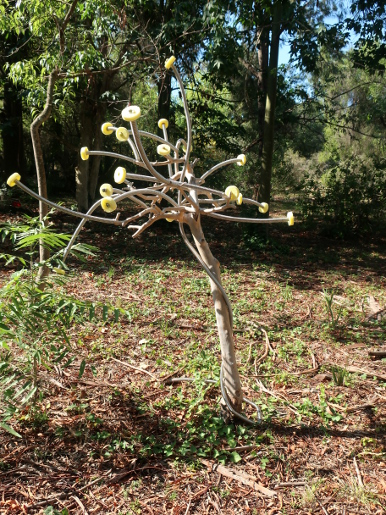
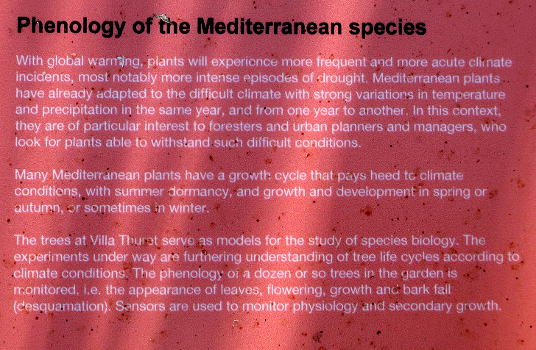
Hubris on red? Rather than reduce pollution and so save species, humans think they can change the climate, put the methane back into the ice caps, and refreeze them by reducing carbon dioxide in the air. Nature can do it over thousands of years, nature will also adapt, but humans must save life now.
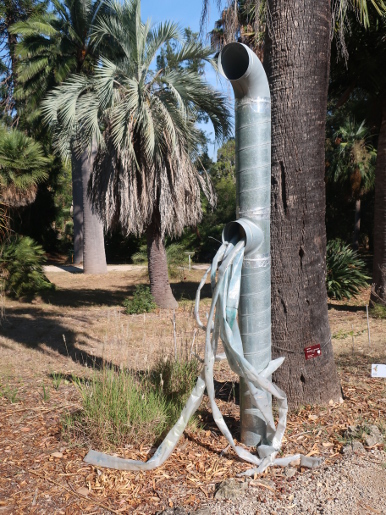
Nicola Powys, Dirty Water
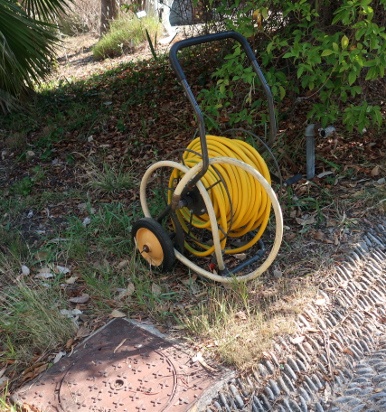
Even a reviewer knows how to adapt
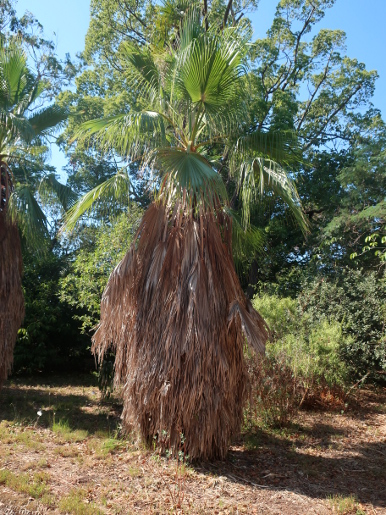
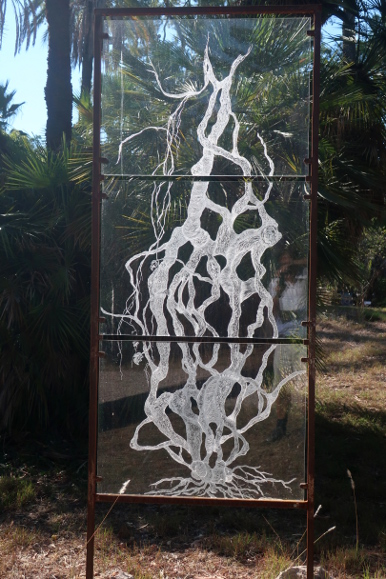
Elise Dartmour, Contemplation de l'arbte

Marie Cagnasso, Dans le vortex
Gustave Thuret, a botanist and algae expert, established the garden over 160 years ago. His systematic approach turned acclimatisation into a science.

Beyond the founder of the garden, like the nearby Eilen Roc, the survival of this gem on the cape for public enjoyment has a female donor to thank.
Well before 2004, I recall going past the other sites on the cape - a tennis court for the former use of the staff is one of the remnants - and seeing exotic plants seemingly trying to escape past the boundary walls and fences. Visually exciting and should you live near a botanical garden people will forever be asking if one of your plants is an escapee and perhaps you never know. For sure, what grows on your patch year in, year out, and never dies out, adapts, acclimatises and accommodates.
In the Villa Thuret garden you see unusual neighbours for plants and sculptures, and the artists must come from everywhere.
